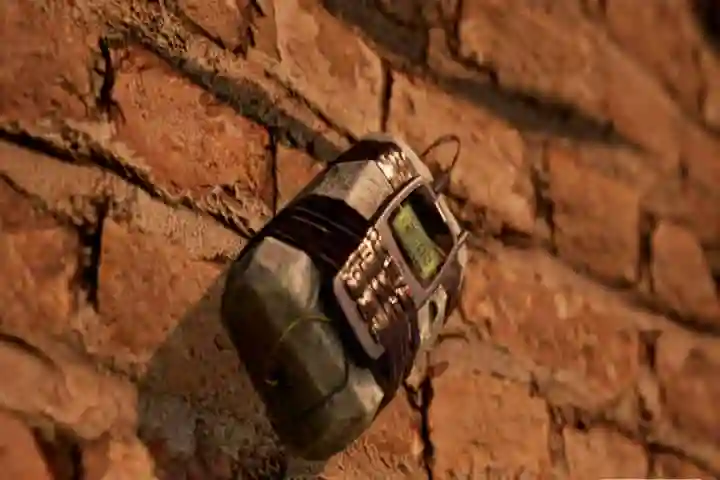Ironically, while the Taliban had used magnetic or sticky bombs, stuck to the underside of cars, with devastating effect to kill top officials of the previous Afghanistan government, it is now at the receiving end of the same threat from the extremist ISIS-K terror group.
"We are worried about these sticky bombs that once we used to apply to target our enemies in Kabul. We are concerned about our leadership as they could target them if not controlled successfully," a Reuters report cited one of the Taliban intelligence officials as saying.
"More than 35 Taliban militants were killed and several wounded in a series of bombings carried out by Islamic State fighters in the city of Jalalabad in eastern Afghanistan" according to an ISIS-K statement released by the IS central media outlet, Aamaq.
The terror group had also claimed responsibility for the devastating attack on the Kabul last month, striking a major blow against the departing US forces and Afghanistan’s new rulers, the Taliban. The ISIS-K had driven home the message that is was carrying out the “true” jihadist cause, while the Taliban and al-Qaeda were collaborating with the West in the evacuation.
Although the ISIS-K numbers are not considered strong enough to seize territory they are considered extremely dangerous as they can carry out terror strikes. They are also backed by the Pakistan Taliban group which is a sworn army of the Pakistan army on which the Afghan leadership is heavily dependent.
According to UN estimates ISIS-K has about 2,000 fighters. Ironically a large number of them were released from jails in Afghanistan by the Taliban when they swept to power in a lightning advance. This was done as ISIS-K fighters had been helping the Taliban in the war against US and NATO troops.
Apart from representing a more extremist Islamic Sunni line than the Taliban, ISIS-K supports a global Caliphate under Islamic law, in contrast with the Taliban which claims its area of interest is confined to Afghanistan.
Also read: 35 Taliban fighters killed, many injured as ISIS-K steps up attacks




















